
Homebuyers Must Know:Regions in Singapore
When buying a house in Singapore, you need to have an understanding of various regions in Singapore. How is Singapore divided into regions? What are the characteristics of different regions? Where do the wealthy areas and office workers gather? This article will give you a comprehensive introduction.
Administrative Districts
Singapore is a city-state, so there is no division into provinces or cities. Instead, in a way that conforms to urban planning, the whole country is divided into five communities (administrative districts), which are managed by the corresponding Community Development Councils (abbreviated as CDCs). The "mayor" refers to the highest leader of the CDCs. The five CDCs are divided according to geographical locations and are named Northeast CDC, Southeast CDC, Northwest CDC, Southwest CDC, and Central CDC. These five communities are further divided into 31 constituencies, including 14 single-member constituencies and 17 group representation constituencies. This kind of regional division is in an administrative sense, similar to Chaoyang District and Haidian District in Beijing.
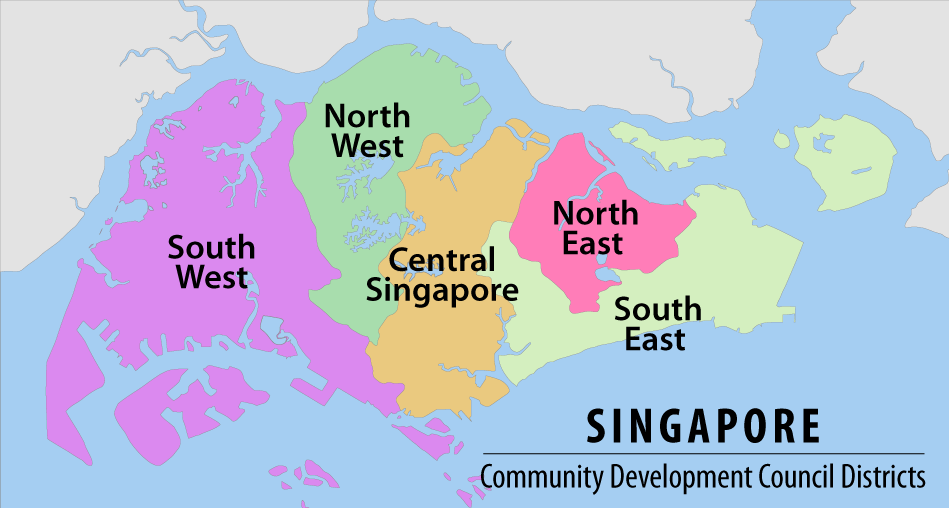
Postal Districts
Singapore's postal districts originated from the division by the British colonial government. Although they have lost their original postal functions, Singaporeans nowadays are still accustomed to using postal districts for location. A six-digit postal code can precisely locate a specific building. It is often used in scenarios such as searching for addresses and taking taxis, and as a primary method for navigation. It is also frequently relied upon when renting or purchasing properties or selecting primary and secondary schools. Singapore is divided into 28 postal districts, with each district corresponding to specific locations or landmarks are as follows:
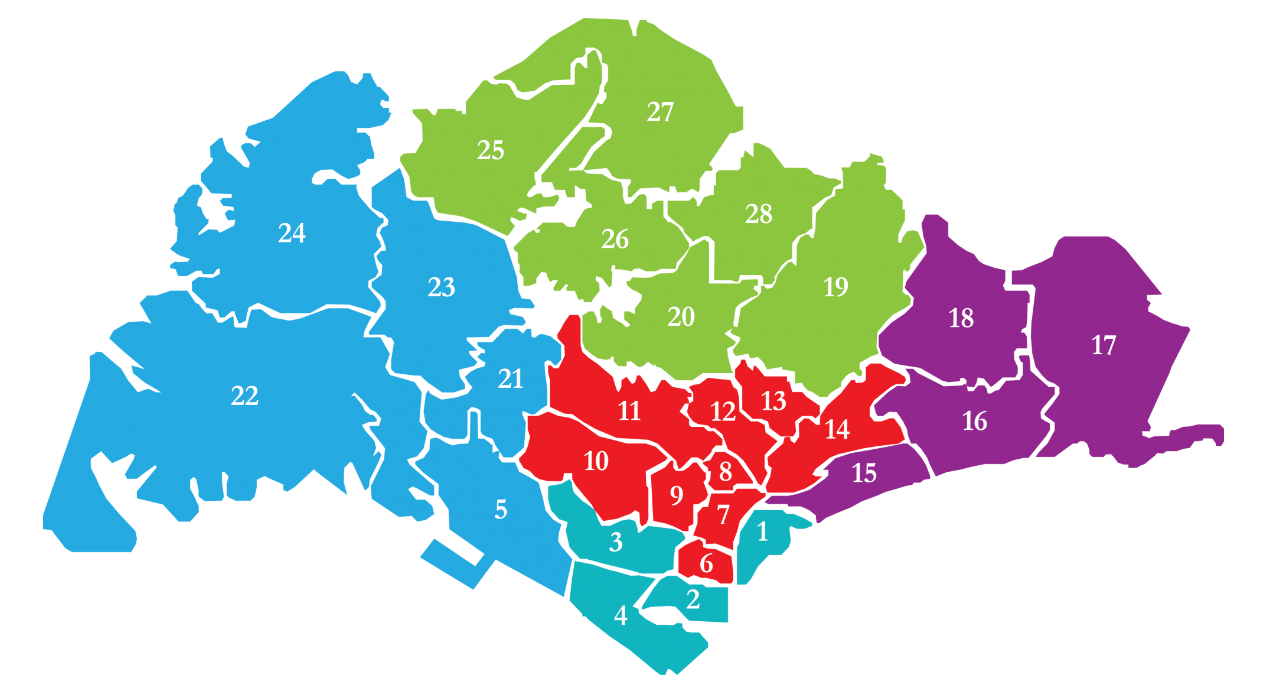
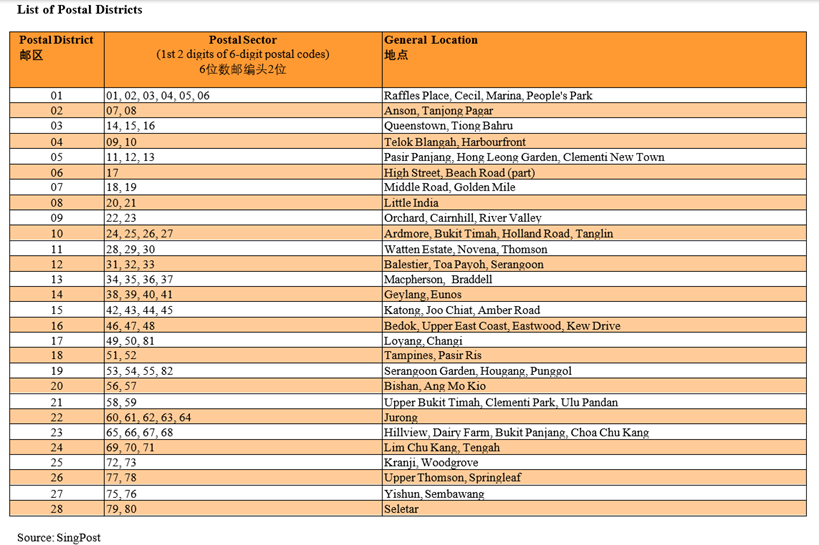
Planning Districts
The Urban Redevelopment Authority (URA) divides Singapore into five major regions, which include 55 planning districts and 2 water catchment areas. Planning districts are fixed and do not change due to alterations in constituency boundaries during elections. The five major regions are: Central Region, East Region, North-East Region, North Region, and West Region. Each major region is further subdivided into smaller planning districts. This kind of planning district is similar to the concept of sectors in China's real estate market, making it easier to understand the approximate location and basic situation of a certain place.
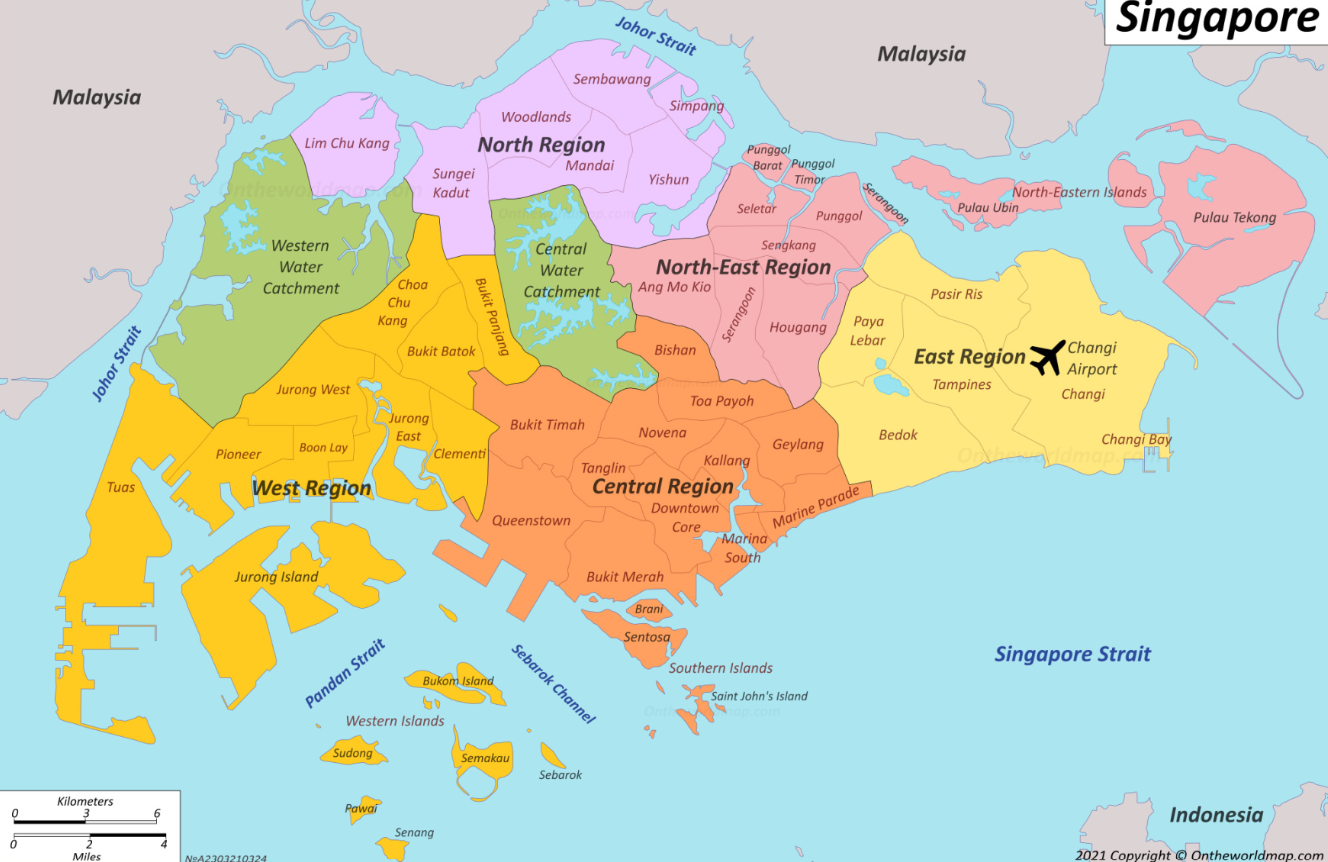
The Central Region includes the central and southern parts, with Central Business District (CBD), shopping center Orchard, and affluent areas like Bukit Timah. There are tourist areas such as Gardens by the Bay, Singapore River, Sentosa, etc. The northern part of the Central Region is connected to Marine Parade on the east coast which is Singapore's old money district where the older generation of Singaporeans like to live . Because it is close to the CBD and has a casual lifestyle, it is also the first choice for foreign families working in the CBD.
The East Region consists of Bedok, Paya Lebar, Tampines, Pasir Ris and Changi Airport areas. The area near Changi Airport has relatively lower housing prices. There are many HDB flats near the flight area, mainly serving the commercial and industrial parks located near the airport.
The West Region's commercial center is Jurong East, which is referred to as Singapore's “second CBD.” Meanwhile, Singapore's two most famous top universities, NTU (Nanyang Technological University) and NUS (National University of Singapore), are located in the west or close to the west, making leasing particularly active along West Coast - Clementi - Jurong West.
The North Region includes planning districts such as Sembawang, Woodlands, and Yishun, with a high density of HDB flats offering relatively affordable rents. The northern region is connected directly to Orchard Road, CBD, and Marina Bay by the Red Line Metro. Now the brown line (Thomson East Coast Line) has been opened from Woodlands, which can directly connect to the Botanic Gardens, Orchard, CBD, East Coast, and will directly reach Changi Airport in the future. In addition, Woodlands is a land gateway between Singapore and Malaysia, and the rent in this area is relatively low except houses around the famous school Singapore American School (SAS).
The North-East Region mainly includes Ang Mo Kio, Sengkang, Serangoon, Hougang, Punggol, and Seletar. Sengkang, Hougang and Punggol are densely populated with young people and new high-rise HDB flats, which are full of vitality. They are also new areas in Singapore where population density has grown rapidly in recent years.
Moreover, from a market perspective, the Urban Redevelopment Authority further divides Singapore into three parts: CCR (Core Central Region), RCR (Rest of Central Region), and OCR(Outside Central Region). It is similar to the concept of within the 2nd Ring Road, between the 2nd and 3rd Ring Roads, and outside the 3rd Ring Road (suburbs) in big cities in China.
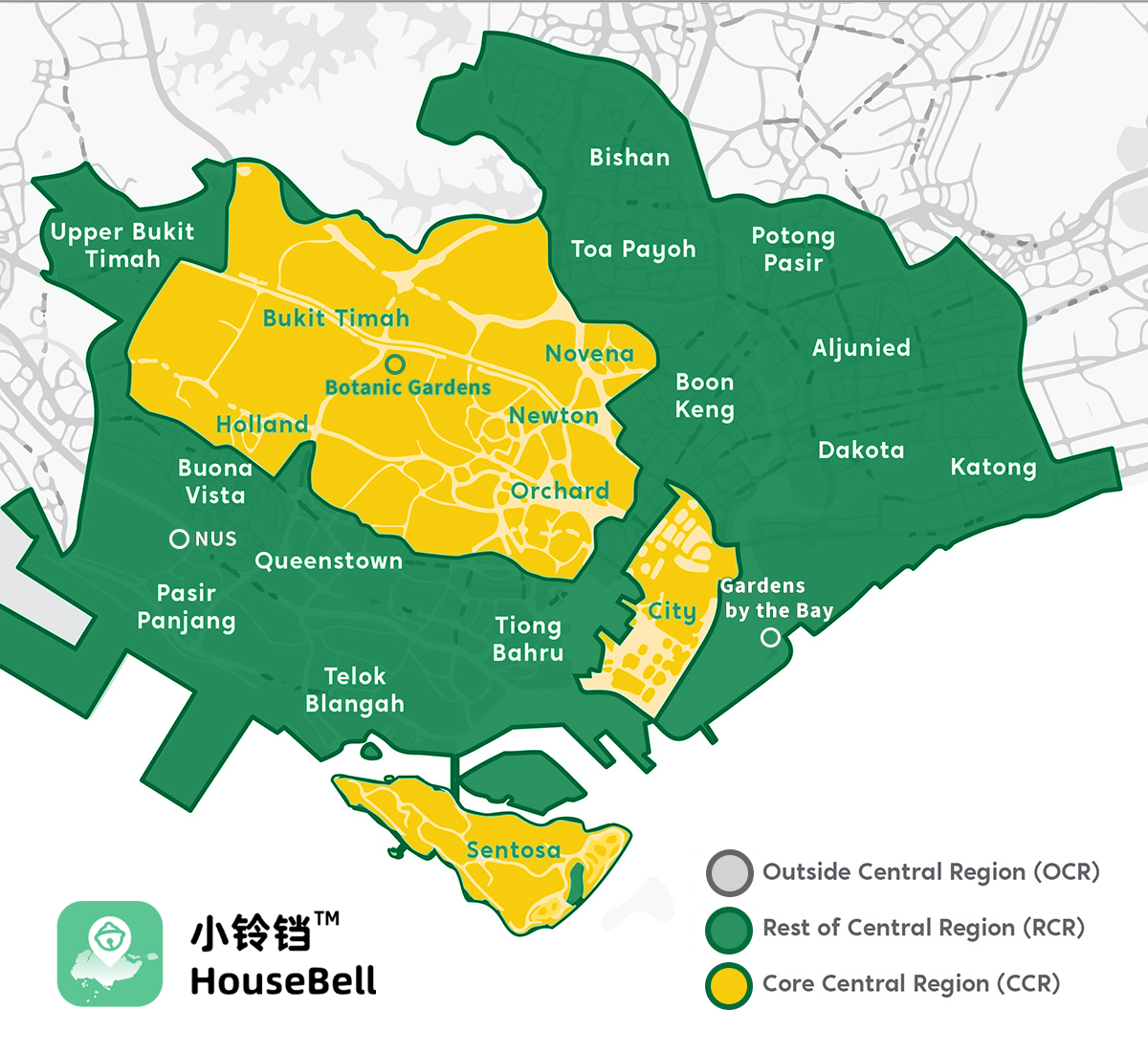
Representative Areas
Downtown
Postal Districts 1, 2, and 6 (areas around Chinatown, Raffles Place, and Marina Bay).
This is the core area of Singapore, the commercial and financial center, housing numerous multinational companies and international financial institutions. Besides being filled with commercial properties, there are also many high-end luxury condos.
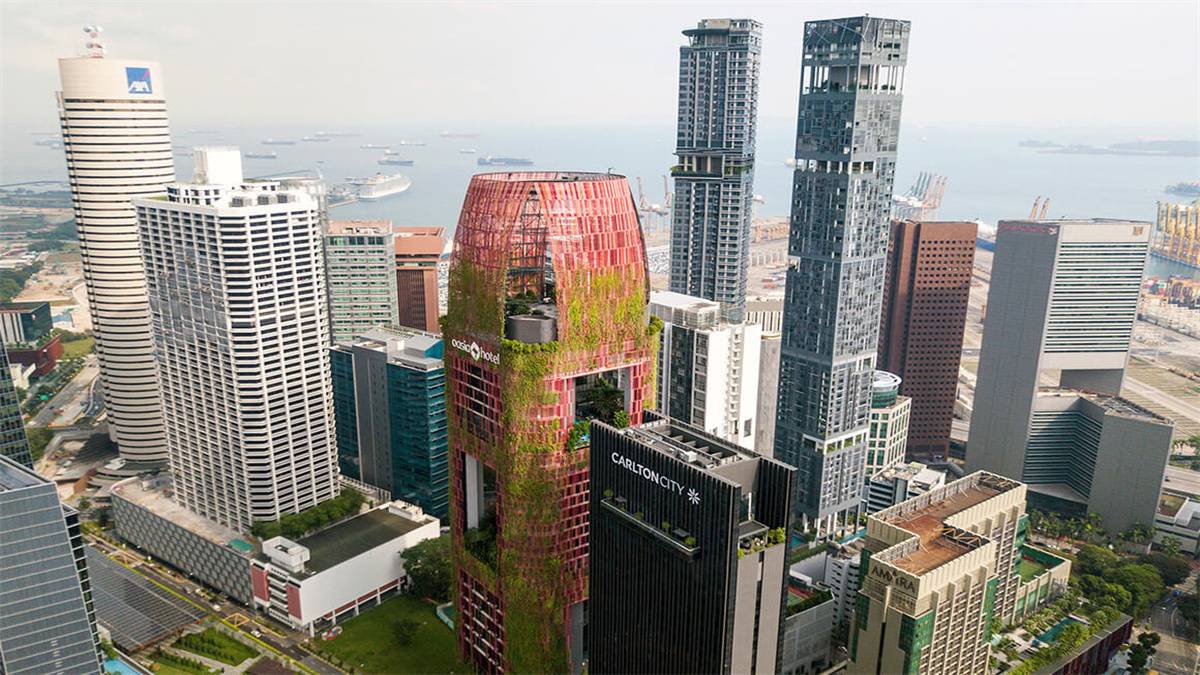
Traditional Wealthy Areas
Postal Districts 9, 10, and 11 (areas around Orchard Road, Bukit Timah, and Newton).
The bustling Orchard Road shopping street houses many large shopping malls, luxury hotels, and specialty restaurants. In Bukit Timah, there are a large number of landed villas, private condos, and other high-end residential properties. It is an excellent school district in Singapore with extremely rich educational resources. The environment is quiet and lush with vegetation, and the Singapore Botanic Gardens is located here. The embassy area formed by embassies of various countries is also here.
Coastal Leisure Areas
Postal District 4 (including famous attractions such as Sentosa, Keppel Bay, and Mount Faber).
Sentosa, as one of Singapore's most famous tourist destinations, has many well-known attractions such as Universal Studios Singapore and S.E.A. Aquarium, attracting a large number of tourists to come for sightseeing and vacation. Sentosa is the only area in Singapore where foreigners are eligible to buy villas. The seaside detached villas on Sentosa are a major feature of this area, attracting many foreign investors and high-end buyers.
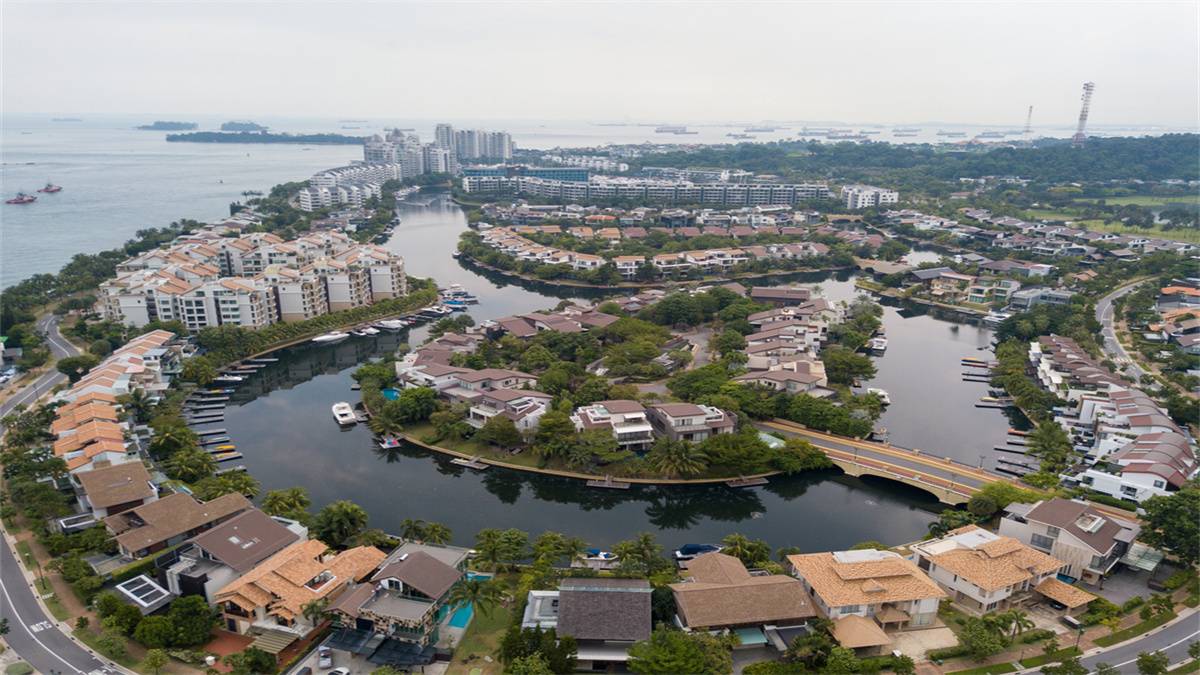
Folk Custom Areas
Postal Districts 1, 8 (areas around Chinatown, Tanjong Pagar, and Little India).
The area around Chinatown is Singapore's famous Chinatown. Little India is full of a strong exotic atmosphere. Tanjong Pagar is the living and entertainment center of the CBD. There are many characteristic shophouses, restaurants,cafes, and bars in these places, which are places where young people gather and consume.
High-Quality School Areas
The West Region and its adjacent areas on the edge are not only Singapore's largest industrial area but also the location of world-famous universities and numerous national scientific research institutions. Besides the world-renowned top universities like the National University of Singapore and Nanyang Technological University, many private schools are also based here.
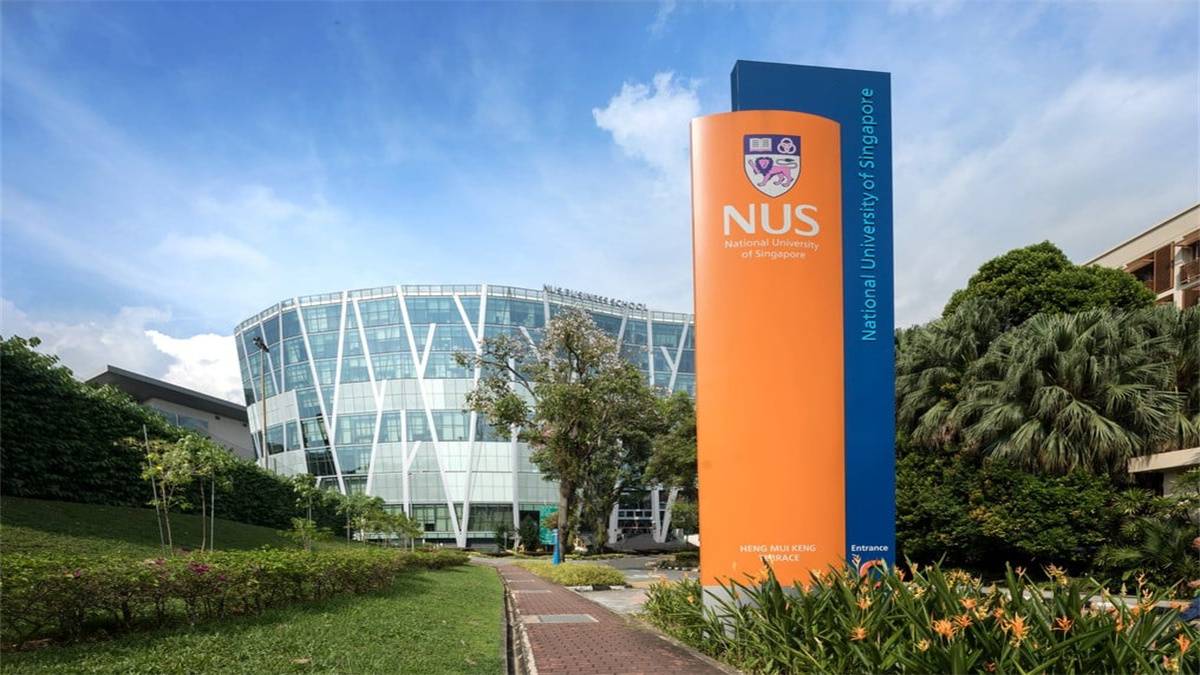
Mature Residential Areas
Apart from the well-developed Central Region, each of the other major regions has an internal regional center. In the East Region, it is Tampines; in the West Region, it is Jurong West; in the North Region, it is Woodlands; and in the North-East Region, it is Seletar. Regional centers are mostly equipped with comprehensive living facilities, facilitating the daily life, shopping, and entertainment of surrounding residents. Meanwhile, the government will also create more job opportunities in the regional centers to enable residents to work nearby, which not only diverts the pressure from the downtown but also saves individuals' transportation time and costs,and promotes the balanced development of the whole country.
Read More
What are the fees involved in buying a second-hand property in Singapore?
Renting in Singapore: Options for Single People
Tenants must see:Singapore Tenancy Agreement and Key Terms
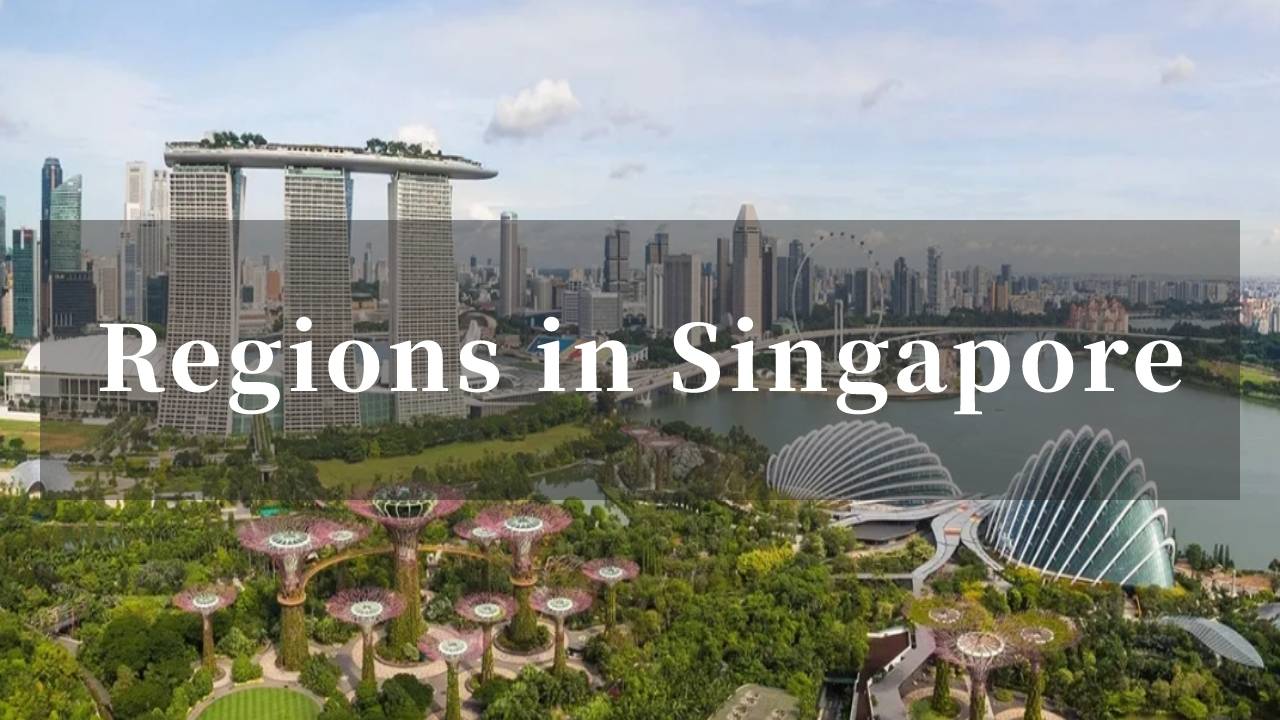
发表评论